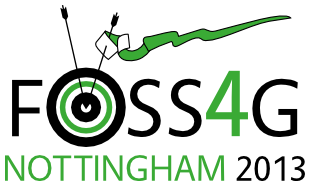Presentation
OpenLayers 3: Under The Hood
Tom Payne (Camptocamp SA)
11:30 on Saturday 21st September (in Session 61, starting at 11 a.m., Sir Clive Granger Building: A39)
Show in Timetable
OpenLayers 3 is the next generation of web mapping. A radical new architecture and the use of cutting edge JavaScript techniques, libraries, and tools enables a full suite of previously unimaginable functionality while maintaining a compact, high performance library. In this talk we'll show you how to use this functionality in your applications, and peek under the hood to see how OpenLayers 3's architecture makes it possible. We'll include: Virtual globe (Cesium) integration: a carefully designed camera and data source abstractions permit close integration with the virtual globes. Switch between 2D and 3D views of the same data, or display synchronized 2D and 3D views side by side. Multiple rendering back-ends: a pluggable rendering architecture supports multiple renderers for maximum performance and portability. A Canvas 2D renderer provides fast, reliable rendering on current devices, a DOM renderer provides fall-back capabilities for older browsers, and a WebGL renderer opens the door to the next generation of performance for the most demanding applications. Rich data sources: generic and powerful core data representations of tiled, single image, and vector data make it easy to add support for a wide range of geospatial data sources. Smooth and flexible interaction and animation: an optimized rendering path ensures that interaction remains smooth at all times. Compact library size: use of the Closure suite of tools creates keeps the build size small while keeping the source code readable.
